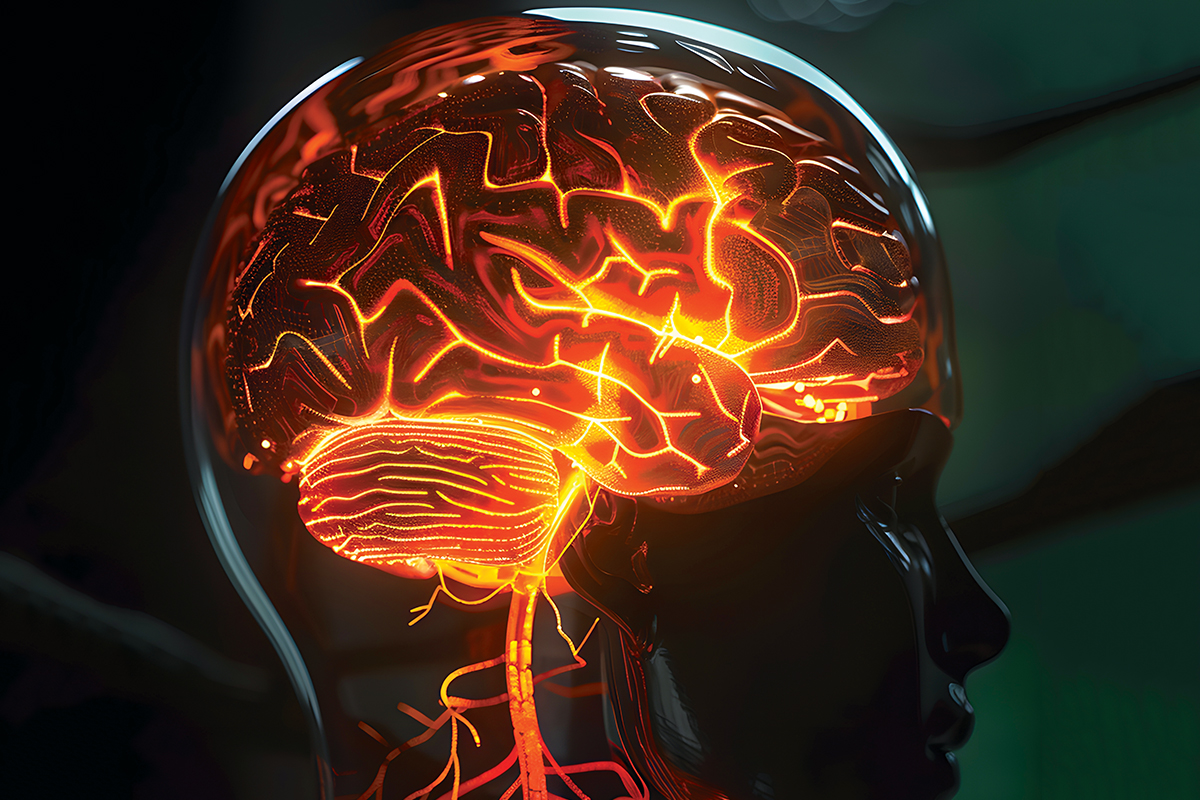The Silent Disruptor
Hormones are the chemical messengers of the body, influencing everything from mood and metabolism to sleep and reproductive cycles. But when these messengers fall out of sync, it can lead to a range of issues collectively known as hormonal imbalance in women.
Common symptoms include fatigue, mood swings, weight fluctuations, acne, menstrual irregularities, sleep disturbances, low libido, and even hair loss. Conditions such as PCOS (Polycystic Ovary Syndrome), thyroid dysfunction, and adrenal fatigue are often linked to these imbalances.
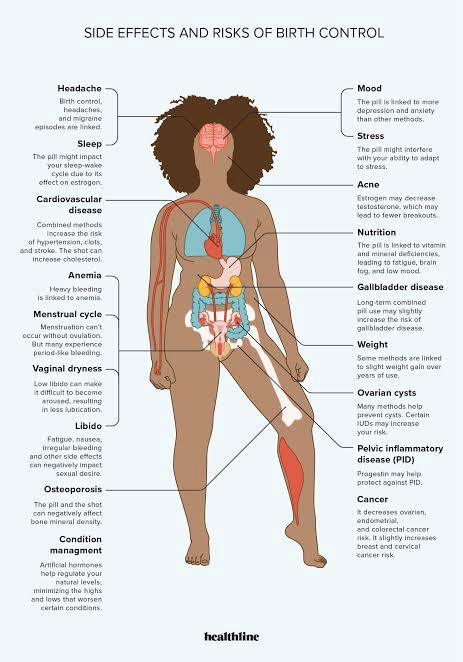
Standard treatments typically involve hormonal pills (like birth control or HRT), lifestyle modifications, and dietary changes. However, these approaches often come with side effects, dependency issues, or only partial relief.
That’s where alternative therapies like pressure point therapy, including reflexology and shiatsu, offer a complementary, holistic approach.
The Role of Reflexology & Shiatsu
Ancient Practices, Modern Relevance
Reflexology and Shiatsu are time-tested healing practices rooted in Traditional Chinese Medicine and Japanese therapeutic philosophy. Both systems believe that the body contains a network of energy channels (or meridians) linked to vital organs and endocrine glands.
Reflexology focuses on specific pressure points primarily on the feet, hands, and ears, which correspond to various body systems. When these zones are stimulated, it is believed that internal energy (Qi or Chi) flows more freely, restoring balance.
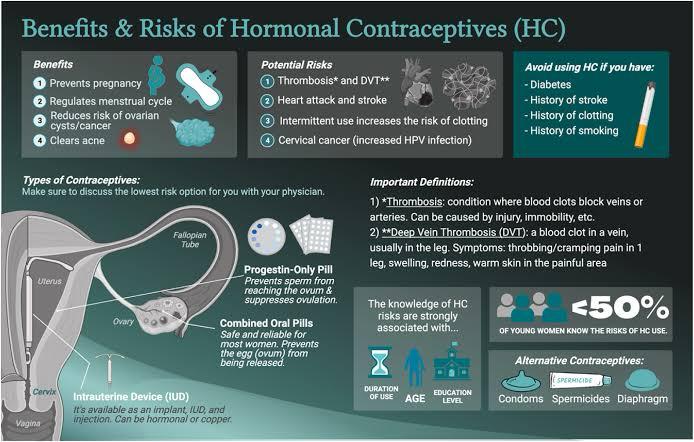
Shiatsu, meaning “finger pressure” in Japanese, involves applying rhythmic pressure along these meridians using the thumbs, fingers, and palms. It targets the same life-force energy but emphasizes whole-body alignment and muscle relaxation.
How Pressure Points Influence Hormones
The endocrine system—a network of glands such as the thyroid, adrenals, ovaries and pituitary gland—is deeply integrated with the nervous and energy systems. When pressure points corresponding to these glands are activated, it may improve blood flow, reduce inflammation, and encourage hormonal secretion or regulation.
Several studies indicate that reflexology for hormones can significantly reduce symptoms of PMS, menopause, and menstrual irregularities by balancing estrogen and progesterone levels. Similarly, shiatsu hormone therapy has been shown to support stress reduction, improve adrenal function, and promote hormonal balance.
Specific Benefits for Women
Cycle Regulation
Many women struggle with irregular periods, heavy bleeding, or painful cramps. These issues often stem from imbalances in estrogen and progesterone levels or dysfunctional signaling between the brain and ovaries.
Reflexology techniques applied to the reproductive reflex zones (such as the inner heel area for the uterus and ovaries) may help harmonize these signals, resulting in more consistent menstrual cycles.
Shiatsu therapy also aims to balance the body’s internal clock. By working on the spleen and liver meridians—linked to blood and hormonal flow—it may reduce PMS symptoms and ease the body into a more natural rhythm.
Emotional Stability
Hormonal fluctuations are often at the root of mood swings, anxiety, and depression. The hormone cortisol, in particular, plays a major role in how we respond to stress. When adrenal glands are overworked, cortisol levels rise, leading to chronic emotional instability.
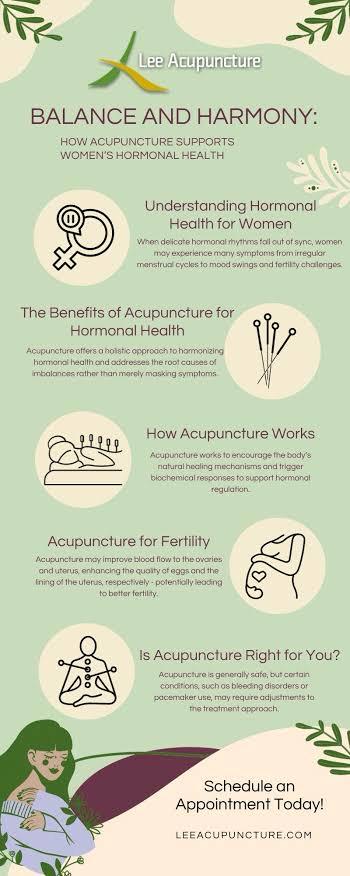
Reflexology can help by targeting the adrenal gland reflex point (located near the arch of the foot) to modulate cortisol production. Shiatsu, on the other hand, calms the central nervous system by stimulating parasympathetic responses. This soothing effect can lower stress hormones and uplift mood.
Many women report increased feelings of well-being, mental clarity, and reduced irritability after just a few sessions of either therapy.
Support for PCOS and Thyroid Conditions
PCOS and hypothyroidism are two of the most common hormone-related disorders in women today. They can lead to weight gain, infertility, irregular cycles, hair thinning, and insulin resistance.
In cases of PCOS, reflexology may help by improving ovarian function and promoting insulin balance through stimulation of the pancreas and endocrine points. For thyroid dysfunction, reflexology targets points on the base of the big toe, which correspond to the thyroid gland.
Shiatsu hormone therapy focuses on balancing yin and yang energies in the body—addressing excess heat, stagnation, or cold that might affect reproductive or metabolic health.
Gentle pressure on the neck, shoulders, and collarbone (home to many endocrine meridians) can regulate glandular activity and support detoxification.
How Sessions Work
Zones Targeted in Therapy
In reflexology, specific areas of the foot map directly to internal organs and glands. For hormonal issues, practitioners will focus on zones for:
- Pituitary gland (center of the big toe)
- Thyroid and parathyroid (base of the big toe)
- Adrenal glands (center of the arch)
- Ovaries and uterus (inner heel and ankle area)
- Pancreas and liver (medial foot arch)
Foot reflexology charts serve as a guide during sessions, helping the therapist tailor each treatment to the client’s needs.
In Shiatsu, zones on the back, abdomen, and limbs are targeted along specific meridian lines, depending on the diagnosis. Practitioners may focus on:
- Kidney and liver meridians (for hormonal detox)
- Spleen and stomach meridians (for reproductive support)
- Lung and heart meridians (for emotional balance)
Frequency and What to Expect
Most practitioners recommend weekly sessions for 4–6 weeks, followed by maintenance therapy every 2–4 weeks depending on symptoms. After a few sessions, many women notice improved sleep, reduced PMS, regular periods, increased energy, and emotional ease.
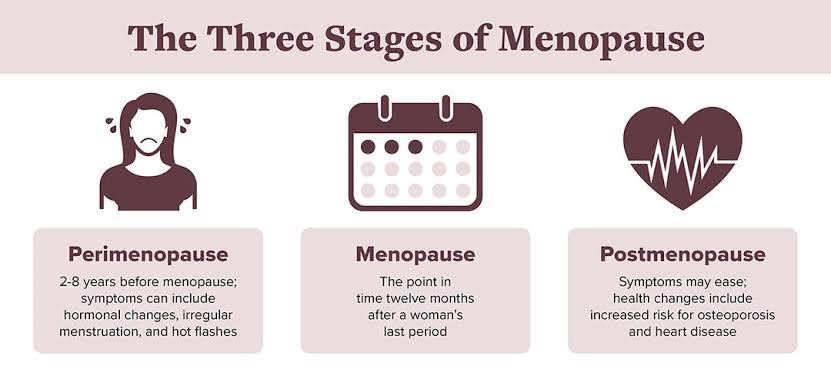
Some may feel temporary fatigue or emotional release post-session—a sign that the body is detoxifying and adjusting. It’s crucial to drink plenty of water and allow rest after treatments to help the process.
For best results, pressure-point therapy should be combined with healthy lifestyle choices, including balanced nutrition, stress management, and regular movement.
The Way Forward
Hormonal health is a cornerstone of women’s physical and emotional well-being. While conventional treatments focus on symptom suppression, reflexology and shiatsu offer a deeper, more integrated path to healing by activating the body’s natural self-regulation systems.
Whether you’re dealing with PMS, thyroid dysfunction, PCOS, or stress-induced imbalances, exploring these therapies may help you feel more in sync with your body. Pressure point therapy isn’t just a trend—it’s a return to ancient wisdom that honors the interconnectedness of your body, mind, and energy.
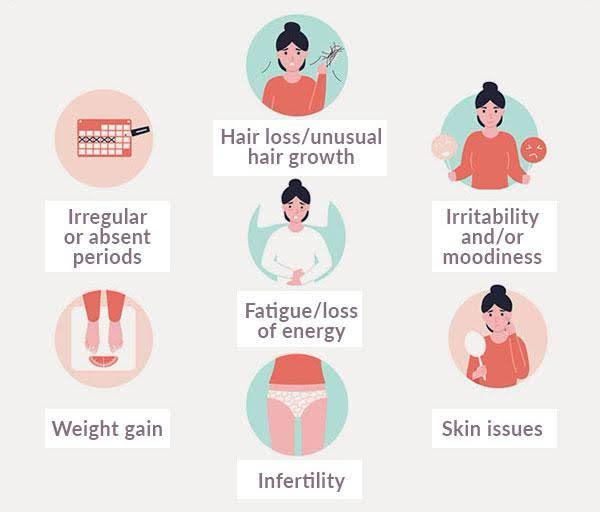
Ready to explore the benefits of reflexology for hormones or try a shiatsu hormone therapy session? Reach out to a certified therapist near you or request a personalized session plan today.
FAQs on Hormonal Imbalance and Pressure Point Therapy
What is hormonal imbalance in women?
Hormonal imbalance occurs when there’s too much or too little of certain hormones in the bloodstream, affecting functions like metabolism, mood, reproduction, and sleep.
What are the common symptoms of hormonal imbalance in women?
Common symptoms include irregular periods, fatigue, mood swings, weight gain, acne, hair thinning, low libido, and sleep disturbances.
How does reflexology help with hormonal imbalance?
Reflexology stimulates specific pressure points on the feet and hands that correspond to endocrine glands, promoting better hormonal regulation and balance.
What is shiatsu hormone therapy?
Shiatsu hormone therapy is a form of Japanese bodywork that uses finger pressure along energy meridians to stimulate hormonal glands and restore balance.
Can pressure point therapy cure hormonal disorders like PCOS or hypothyroidism?
Pressure point therapy doesn’t cure hormonal disorders but can support the body’s natural healing mechanisms and reduce symptoms.
Which glands are targeted in reflexology for hormone balance?
Reflexology focuses on the pituitary, thyroid, adrenal, and reproductive glands such as the ovaries and uterus.
Are these therapies scientifically proven?
Some studies support the effectiveness of reflexology and shiatsu in relieving hormonal symptoms, though more large-scale research is needed for conclusive evidence.
How often should I have reflexology sessions for hormonal imbalance?
Weekly sessions for 4–6 weeks are typically recommended, followed by maintenance sessions every 2–4 weeks depending on individual needs.
Is pressure point therapy safe for everyone?
Generally yes, but it’s important to consult a trained practitioner, especially if you’re pregnant, have a chronic illness, or are taking hormone medications.
Does pressure point therapy hurt?
Therapy may involve mild discomfort in sensitive areas, but it should not be painful. Most people find the sessions relaxing.
Can reflexology regulate menstrual cycles?
Yes, reflexology may help normalize menstrual cycles by stimulating glands that control reproductive hormones.
Is pressure point therapy helpful for menopause symptoms?
Yes, it can relieve common menopause symptoms like hot flashes, mood swings, insomnia, and fatigue by balancing estrogen and progesterone levels.
What part of the foot relates to the thyroid gland?
The base of the big toe on both feet corresponds to the thyroid and parathyroid glands in reflexology charts.
How does pressure therapy reduce stress?
By activating the parasympathetic nervous system and lowering cortisol levels, pressure therapy promotes calm and emotional stability.
Can reflexology support fertility?
Reflexology may enhance fertility by improving blood flow to reproductive organs and balancing ovulation-related hormones.
Is shiatsu the same as acupuncture?
No, while both work on energy meridians, shiatsu uses finger pressure instead of needles to stimulate points on the body.
What should I expect in my first session?
Expect a brief consultation, followed by focused pressure work on specific zones. You may feel deeply relaxed or slightly tired afterward.
Are there any side effects of pressure point therapy?
Side effects are rare but can include temporary soreness, fatigue, or emotional release. Drinking water and resting help ease this.
Can I combine reflexology with conventional hormonal treatments?
Yes, many people use reflexology alongside medical treatments to improve outcomes and reduce side effects. Always inform your healthcare provider.



